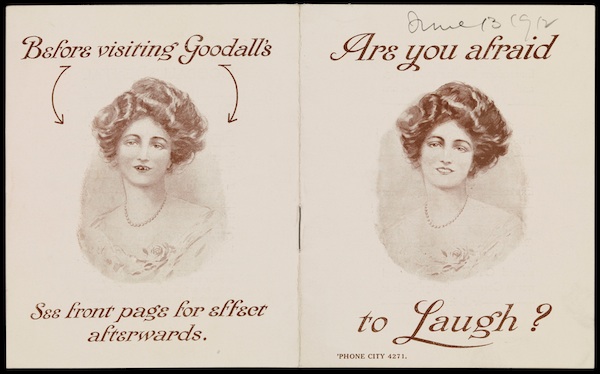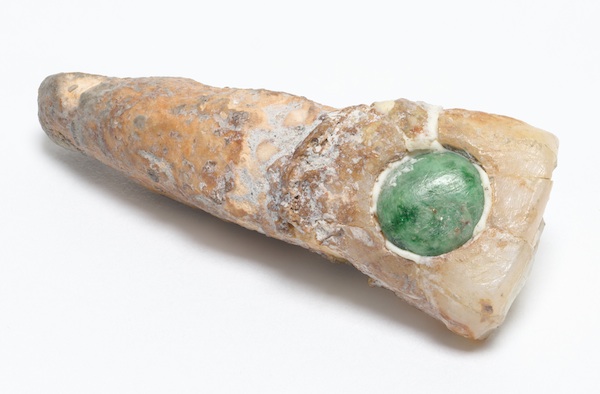Teeth
by Wellcome Collection
Advertising poster for Binaca tooth-cream by Niklaus Stoecklin, Switzerland, 1944. Wellcome Collection
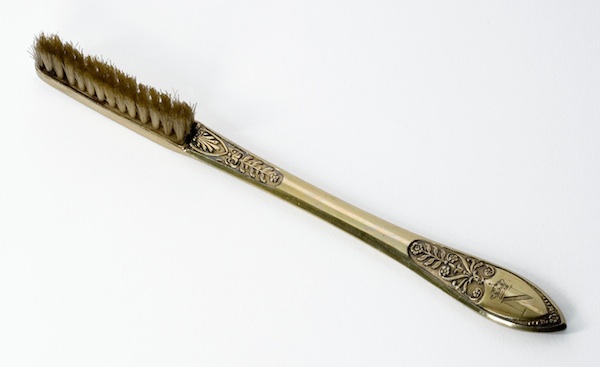
Napoleon Bonaparte’s toothbrush, silver handle and horsehair bristles, 1790–1820. Wellcome Collection

Dental instrument set made for Sir Edwin Saunders (1814–1901), personal dentist to Queen Victoria and family. British Dental Association, photograph by Filip Gierlinkski
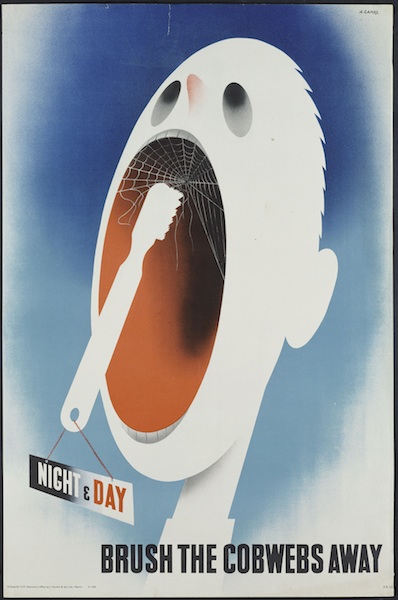
Abram Games poster for H.M. Stationery Office, 1945. British Dental Association Museum, courtesy of Naomi Games

Patients’ toothbrushes in the abandoned Hudson River State psychiatric hospital, Poughkeepsie, NY, 2005. Christopher Payne
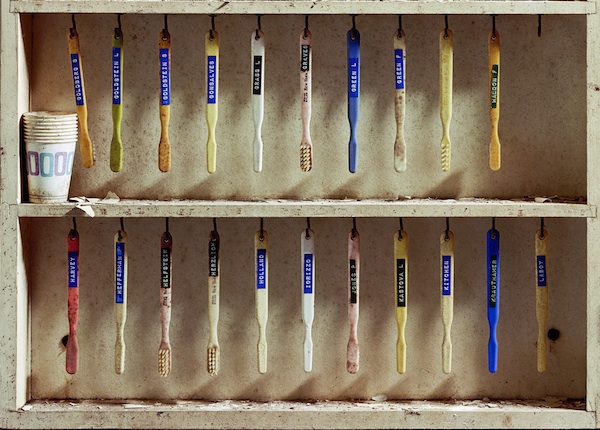
Patients’ toothbrushes in the abandoned Hudson River State psychiatric hospital, Poughkeepsie, NY, 2005 (detail). Christopher Payne
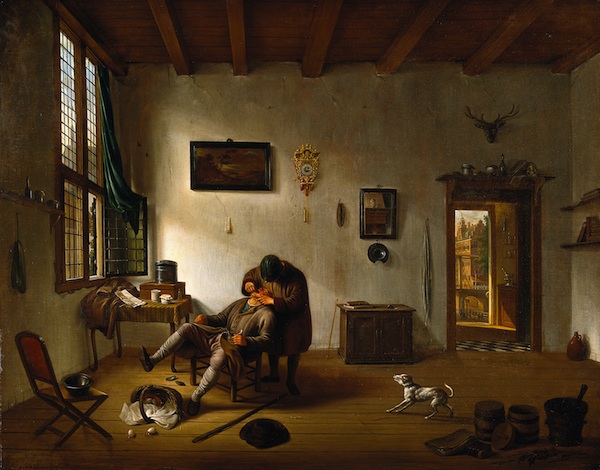
Interior of a Dutch house with an operator attending to a man’s teeth by Hendrik van der Burgh, c. 1638–66. Wellcome Collection
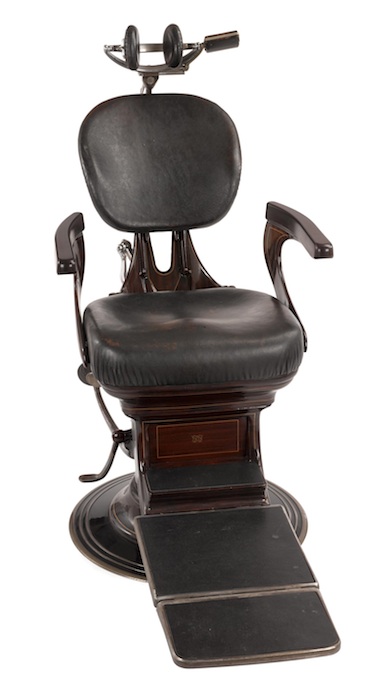
Diamond No. 2 dental chair made by the S.S. White Dental Manufacturing Company, Philadelphia, 1925–1935. Science Museum / Science & Society Picture Library
From vampires and tooth fairies to barber-surgeons and professional dentists, Wellcome Collection’s summer exhibition traces the evolution of our relationship with our teeth and what they say about us. Featuring over 150 objects from cartoons and caricatures to protective amulets, toothpaste advertisements and a range of chairs, drills and training tools, the exhibition charts the history and origins of dentistry, and the emergence of the smile.
click on any image to enlarge
and view in slideshow
Examples of tooth care for the wealthy include the hygiene set used by Queen Victoria’s dentist, human tooth transplants (from the living poor and the war dead), dentures belonging to King William IV, and a set made from hippopotamus ivory. The barber-surgeons and blacksmiths who performed extractions for the less privileged are depicted in paintings, with caricatures by Thomas Rowlandson contrasting the suffering of the poor with the ostentatious smiles of the wealthy as they display new, gleaming dentures.
Poster campaigns, films and animations show the ways in which we have been encouraged to look after our teeth with protective routines to prevent decay. The exhibition also looks at how adverts for tooth care have had to compete against those for sugar-rich products.
Ancient Roman votives and 19th-century amulets thought to protect against pain are shown alongside images of St Apollonia, the patron saint of tooth pain, who was martyred after having her teeth shattered.
As the only visible part of the human skeleton, teeth are intrinsically linked to both individual and cultural identity. From the lengths some will go to for a Hollywood smile, to the providing of vital forensic clues in the aftermath of warfare or natural catastrophe, our teeth say a lot about who we are. The exhibition considers the language we use around teeth, such as gnashing them, gritting them or lying through them, and examines the tensions surrounding tooth-care, whether for health, comfort or confidence.
TEETH is curated by James Peto with Emily Scott Dearing, and inspired by The Smile Stealers by Richard Barnett, published by Wellcome Collection and Thames & Hudson.
Read more
TEETH
Wellcome Collection
183 Euston Rd, London NW1 2BE
17 May to 16 September 2018
Tuesday to Saturday 10 am to 6pm (8pm Thursdays)
Sunday 11 am to 6 pm
Free
More info


